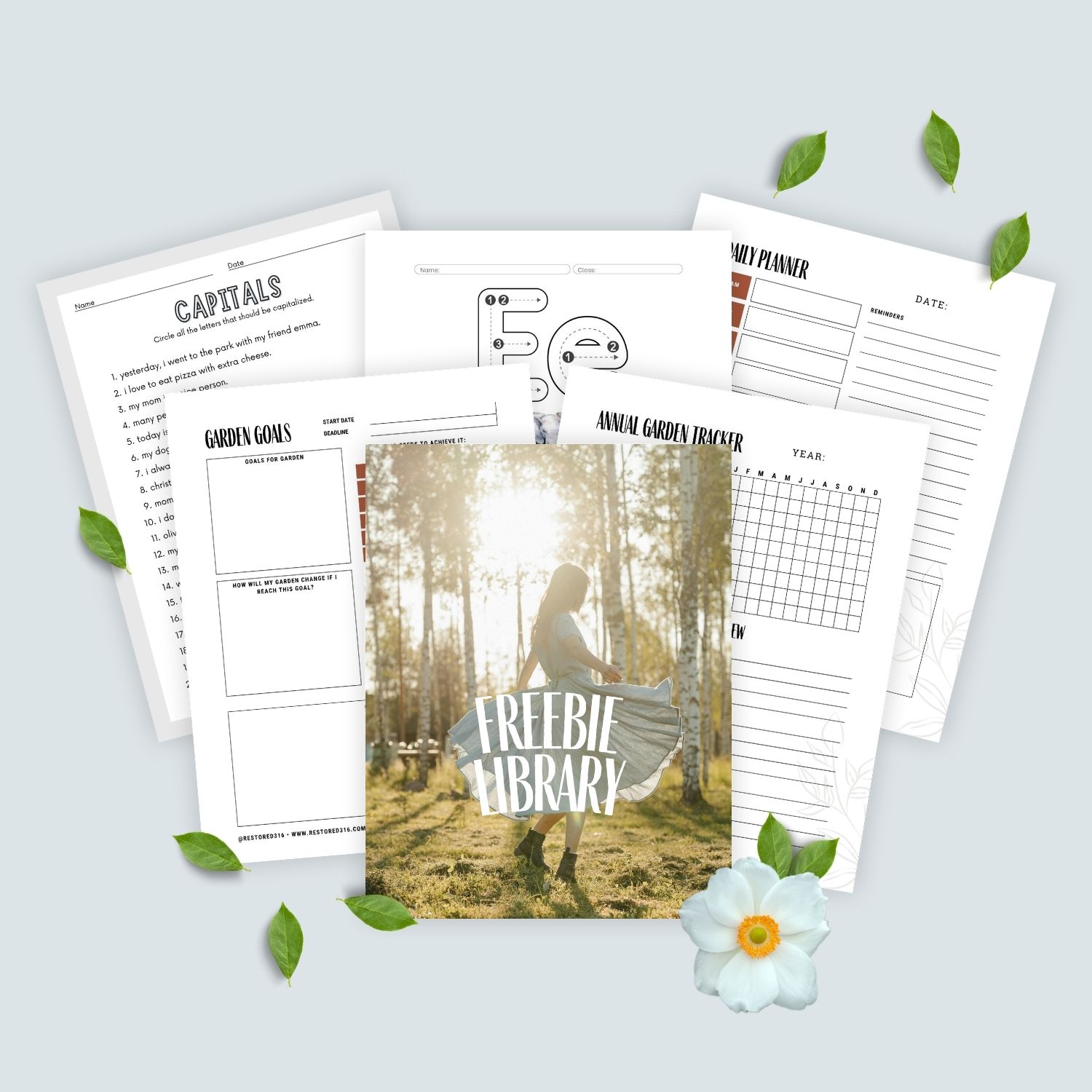Is There a 4D Hair Type? Products, Maintenance, and Pictures

You may have heard of the well-known hair typing system by Andre Walker, which classifies hair into hair types 1a – 1c (straight hair), 2a – 2c (wavy hair), 3a – 3c (curly hair), and 4a – 4c (kinky/coily hair).
However, there’s a new hair type circulating within the natural hair community – 4D hair. Does it really exist?
In this article, we’ll answer this question and give you tips on how to care for 4D hair.
Does 4D Hair Exist? What Does 4D Hair Look Like?

African American hair is usually found in types 3A, 3B, 3C, 4A, 4B, and 4C. But just because 4D is not included in the Andre Walker hair typing system (or isn’t commonly on the type 4 hair chart) does not mean that the hair type does not exist.
Keep in mind that all hair types are “created,” and the 4D hair type is growing in popularity, even if many women in the natural hair community do not readily accept it.
4D hair is extremely coarse and has a very tight curl pattern and cotton texture that may take on the shape of a Z (also referred to as a Z pattern), tight coils, or a combination of both.
It tends to be very dry, and as such, this hair type requires a regimen that prioritizes deep moisture.
4D hair is rough and coarse to the touch, and those with 4D hair experience extreme shrinkage. If you chose not to use relaxers or straighteners, it will appear that you have short hair even if your hair is shoulder length or longer.
The 4D hair type requires a lot of manipulation and product when it comes to styling. Yet, its defined curl pattern and density make for great twist-outs, thick blowouts, luscious locks, and wash-and-go styles.
4D Hair vs 4C Hair Experiences
4C and 4D hair types are very similar, and up until recently, many people have been referring to 4D hair as 4C hair, since 4C was the coarsest, kinkiest, and most tightly coiled hair type.
It is, however, still fairly easy to confuse the two different textures, so let’s break down the differences between them!
Porosity
4C hair is often more porous than 4D hair, meaning it soaks up moisture easier and needs less moisturizing products than 4D hair does.
Density
4D hair is usually denser than 4C hair; if you have 4C hair, it is easier to see your scalp than it is with 4D hair.
Texture
4D hair is rough and wiry, much more so than 4C hair. However, like any other hair type, 4D hair can be softened with the right products.
Shrinkage
4D hair has tighter coils and kinks than 4C hair and may look shorter due to shrinkage.
How to Care For 4D Natural Hair

Like all black hair, 4D hair requires quite a bit of work to keep it healthy and free from breakage.
Not taking the time to care for your 4D hair can lead your hair to be extremely frizzy, dry, and rough – it could even become so dry that it starts to break. Let’s take a look at how to care for your curls.
Washing
Most professionals will recommend washing your hair infrequently: no more than once a week, but ideally as little as once every 2-3 weeks, depending on what you find to be best for your hair.
Feel free to experiment here, as there is no such thing as a “right” answer to this question! Find what works for your hair.
When washing your hair, you’ll want to avoid shampoos that have sulfates, as they will dry out and damage your hair; go for a shampoo with all-natural ingredients, if you can.
To wash your 4D hair, you’ll want to use a generous amount of moisturizing shampoo or a co-wash on your hair and use the tips of your fingers to massage the shampoo into your scalp.
The main focus of washing your hair should be on your scalp while allowing the shampoo to run over the rest of your hair as you rinse.
Conditioning

After thoroughly washing and rinsing your hair, follow up with a conditioner and then a leave-in conditioner. The leave-in should be cream-based so that it’ll coat your hair in lasting moisture.
You may need to reapply your leave-in several times between wash days. Doing so will help you maintain your hair’s moisture levels and avoid breakage.
Both rinse-out conditioners and leave-in conditioners should contain nourishing oils and moisturizing creams to coat your hair in moisture.
Moisturizing
Moisturizing your 4D hair daily is a must! Due to the extreme kinkiness of 4D hair, it’s virtually impossible for your scalp oils to make it down your hair strands and keep them lubricated.
Haircare routines are not one size fits all, so feel free to experiment with a variety of moisturizing products and different combinations of products.
In that same vein, stop using any products that don’t mesh well with your scalp or hair.
Most professionals recommend applying hydrating oils and moisturizing creams to your hair after you apply your leave-in.
Oils are best used on the roots and ends of your hair and can be used between washes if you notice these parts of your hair drying out. Example oils include coconut oil, olive oil, and jojoba oil.
It is also recommended to deep condition your hair once every 1-2 weeks with a moisturizing deep conditioner.
Styling
There are many ways you can style your 4D hair, so let’s look at some quick styling tips!
- When detangling your hair, always make sure it is wet (damp, not soaking wet), and use a detangling cream or spray to avoid excessive pulling.
- It is recommended that you use as little heat on your hair as you can because heat is very damaging on type 4 hair in general, and type 4D hair, in particular, is even more fragile and prone to breakage than other hair types.
- If you deal with a lot of frizz, you can tame it by using a super hold gel or styling cream meant specifically for anti-frizz.
As mentioned above, type 4 hair is very fragile and prone to breakage, so using protective styles such as wigs, braids, and weaves will minimize hair manipulation and encourage length retention.
Dos and Don’ts

As type 4 hair is very fragile and can break easily, it is very important to pay special care to your hair.
However, you do not want to overly care for your 4D hair, as this can lead to more problems down the line. Let’s look at some dos and don’ts of caring for your 4D hair!
Dos
- Do keep your hair moisturized, as dry hair can lead to breakage.
- Do detangle your hair with a wide-toothed comb and a spray or leave-in conditioner. If you run into knots, use your fingers to gently remove the knot.
- Do deep condition your hair regularly! Stylists recommend deep conditioning your hair once every 1-2 weeks to keep it looking and feeling healthy.
- Do experiment with different hairstyles and care routines to find out which will work best for you.
Don’ts
- Do not wash your 4D hair more than once a week, as shampoo can dry out your hair and scalp. It is important to keep your hair and scalp clean, so if your hair is prone to getting dirtier than washing once a week allows, you can alternate shampoo with a co-wash, or you can follow your shampooing with an apple cider vinegar rinse!
- Don’t detangle your hair dry – this can lead to mechanical damage. Always detangle it when it’s wet.
- Don’t over-style your hair. Styling products tend to dry out your hair and cause buildup on your scalp, and manipulating your hair too much can cause it to break easier. This doesn’t mean you can’t alternate styles, however! Just use caution and care when styling your 4D hair.
Related Articles
There you have it; 4d hair is certainly a real hair type, even though you often can’t find it on a hair type chart. It is similar to 4C but is unique in its own way.
If you have 4D hair, know that you can manage it with the right information and tools.
In this article, we’ve given you tips on how to care for and style your hair, as well as what to avoid when handling your hair. We hope that this article is helpful to you as you care for your 4D hair.







